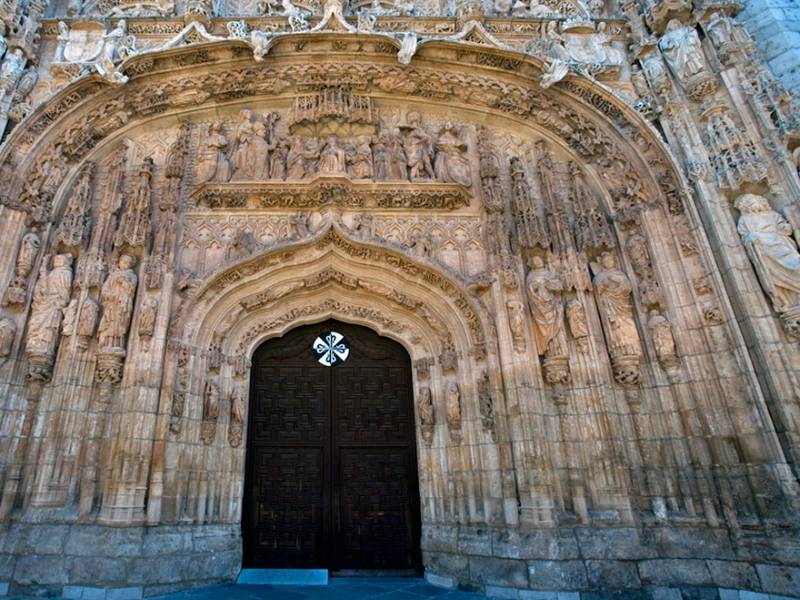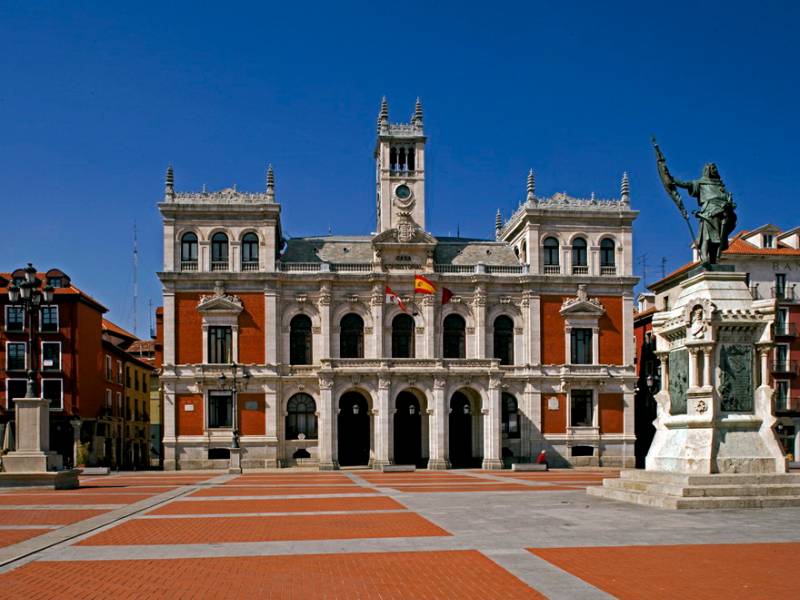Route of the Heretic
- Position
- Valladolid
- Type of route
- One day
The inhabitants of the town of Valladolid could never have imagined that a character resulting from the imagination of the great novelist, Miguel Delibes, would be the reason for so many tourists to visit. Today, hundreds of visitors follow the trail of Cipriano Salcedo in the dazzling setting offered by the Valladolid capital.
Based on Delibes' text, the route reconstructs the town when it was at its maximum splendour: the first half of the 16th century. The entire story is concentrated on two great autos-da-fé that happened in October, 1559 inValladolid, although the guided route goes further and stops at the main spots mentioned in the book 'El Hereje'.
What to see?
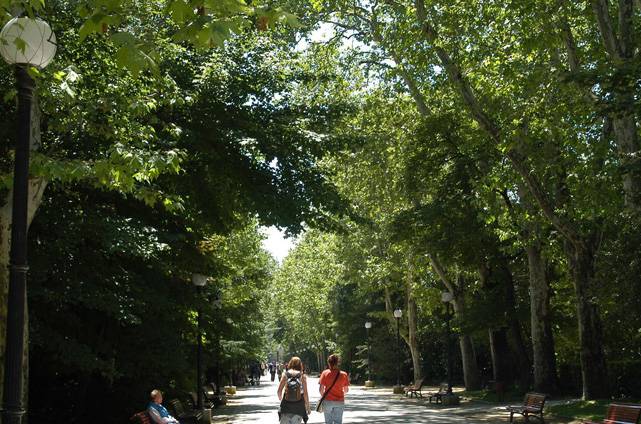 Big CampoMore information
Big CampoMore informationThis zone, known by various names such as the Campo de Marte, is surrounded by many convents. Public executions took place here but in 1877 Mayor Don Miguel Íscar decided to do away with them.Visitors...
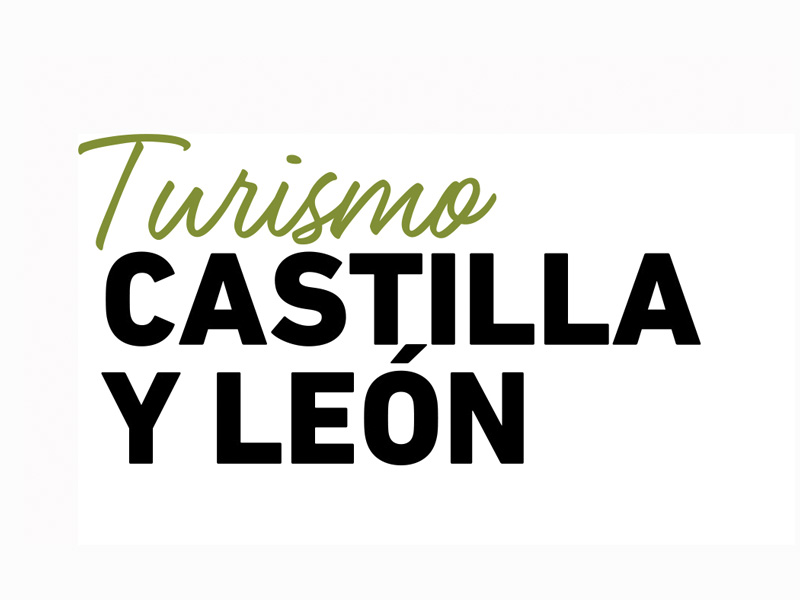 Church of SantiagoMore information
Church of SantiagoMore informationGothic apse end. Inside, a single nave with small chapels between buttresses. The first chapel on the epistle side contains a platersque altarpiece similar to the ones by gaspar de Tordesillas.The church...
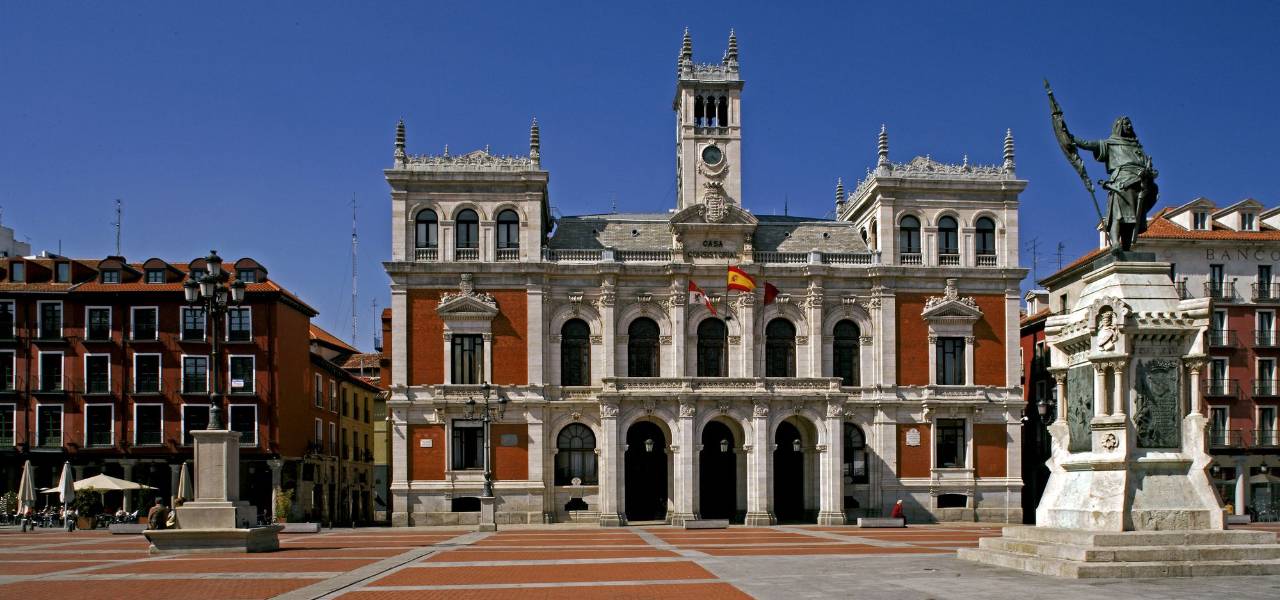 Major Square of ValladolidMore information
Major Square of ValladolidMore informationRectangular in shape. In the centre there is a statue of the count Ansúrez by Aurelio Carretero (1903).The plaza was rebuilt by Francisco de Salamanca after a fire in 1561 and the reconstruction process...
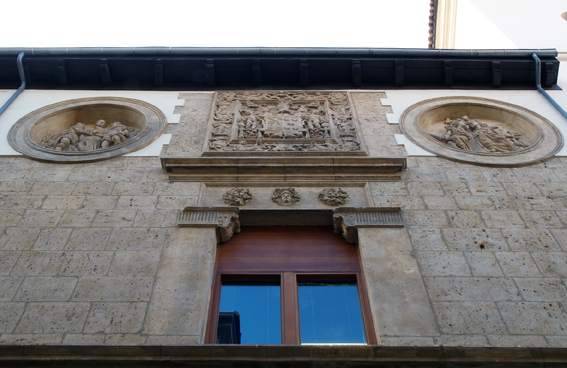 Palace Butron / Convent of las BrigidasMore information
Palace Butron / Convent of las BrigidasMore informationIt was built in the second half of the 16th century. The façade has a round arch above a window and a lintel on pads. Above is the coat of arms of the owners: Don Francisco de Butrón and Doña María de...
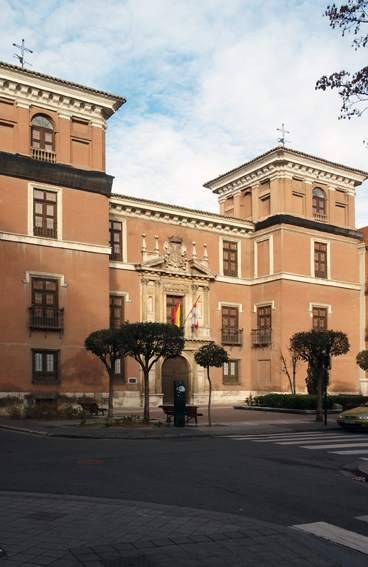 Palace of Fabio NelliMore information
Palace of Fabio NelliMore informationIn 1576, the Florentine businessman Fabio Nelli de Espinosa had the palace built. The plans were done by Juan de la Lastra. Diego de Praves did the façade, but it was not to the liking of Pedro de Mazuecos,...
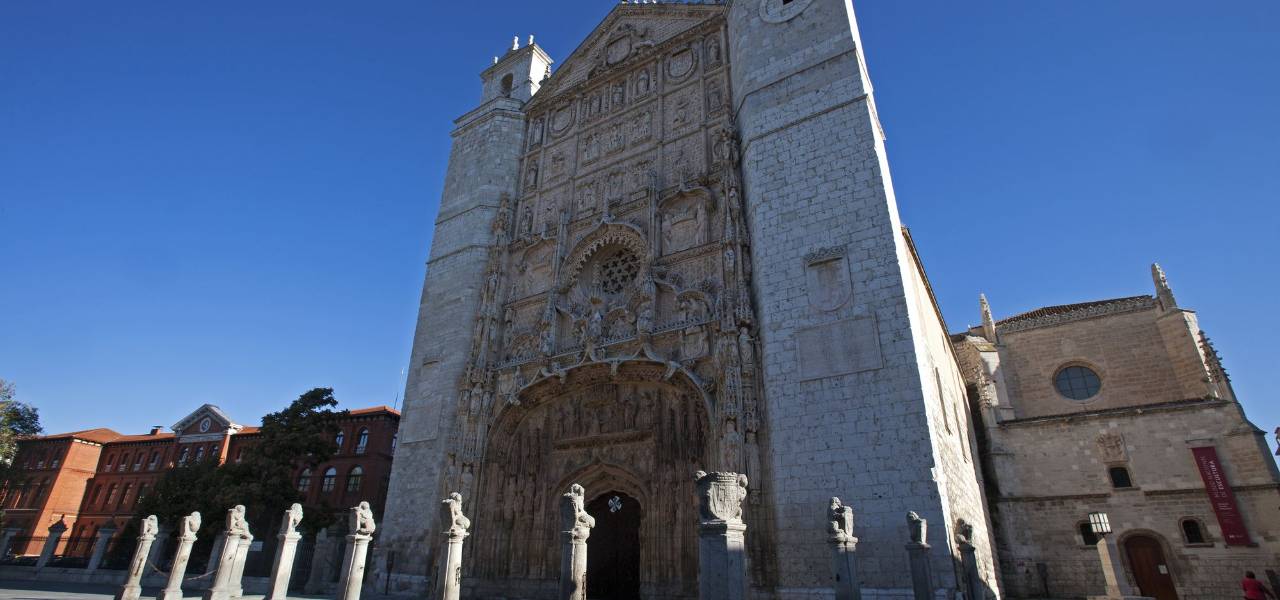 Church of San PabloMore information
Church of San PabloMore informationThis convent was founded in 1276. In the mid 15th century the Cardinal Torquemada had the edifice rebuilt. Works were picked up by Fray Alonso de Burgos, the Bishop of Palencia.The façade constitutes a...
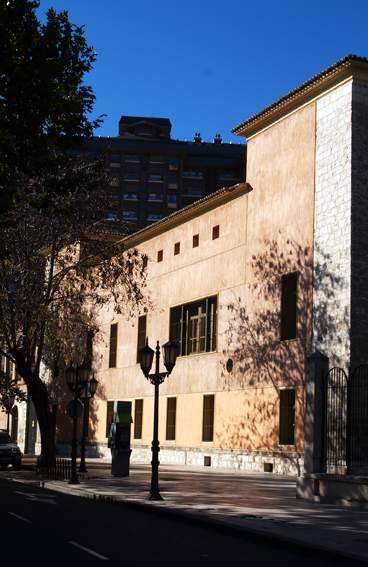 House of the Duque de BenaventeMore information
House of the Duque de BenaventeMore informationIts construction began in 1515. It was the seat of the Cortes Generales and of royal boards. With Juan Francisco Alonso Pimentel housed the best private collection of art that has existed in Valladolid....
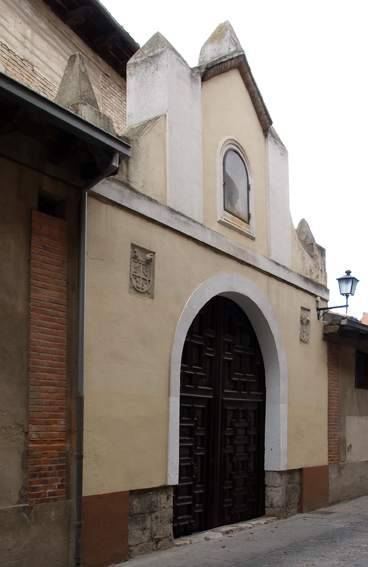 Monastery of the MM. Dominicas de Santa CatalinaMore information
Monastery of the MM. Dominicas de Santa CatalinaMore informationFounded in 1488.Church of one nave covered by tubes in the transept, renaissance cloister and the main altar is the work of Diego Valentín Diáz, the most important local painter of the Valladolid school...
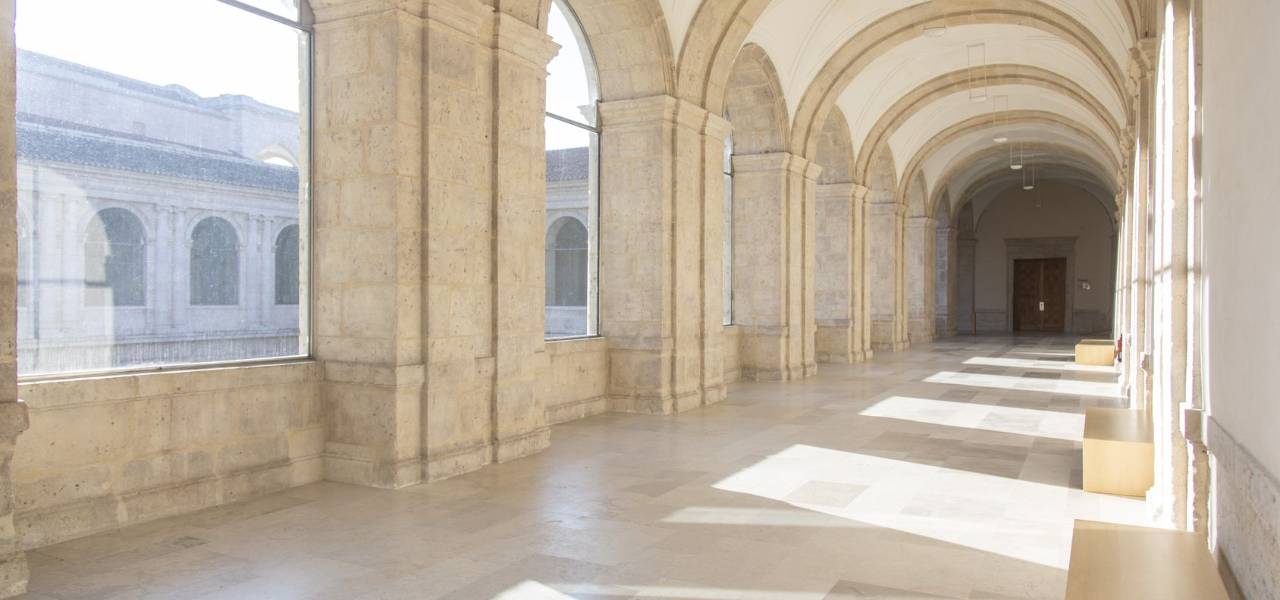 Museum of Spanish Contemporary Art Patio HerrerianoMore information
Museum of Spanish Contemporary Art Patio HerrerianoMore informationThe museum is located in the Patio Herreriano, one of the cloisters of the ancient monastery of San Benito, which began to be built in the XIV century. It has nearly 1,000 works which span Spanish art...

